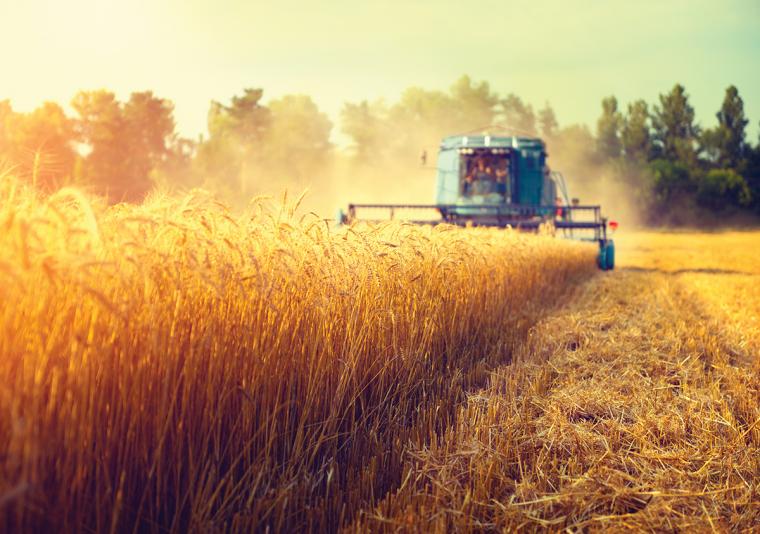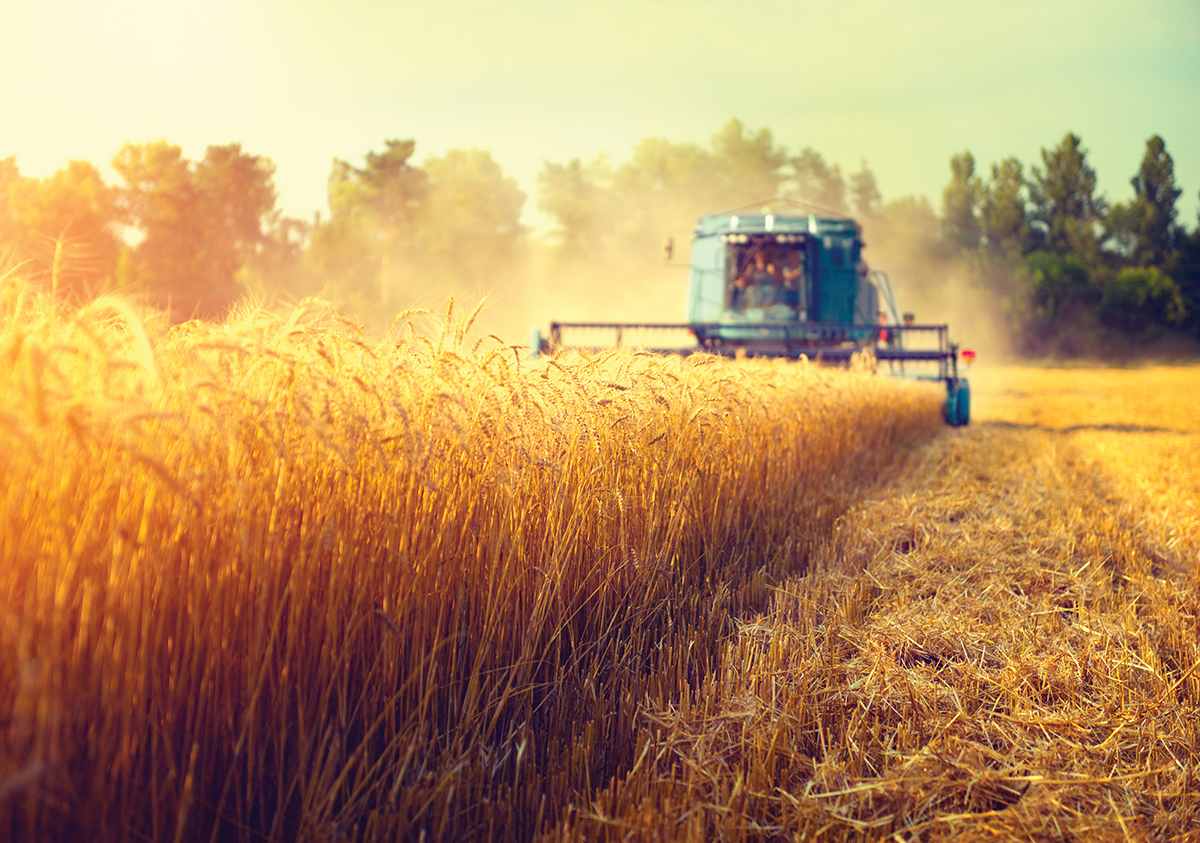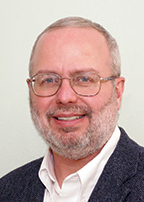
 Is the world getting smaller? Sometimes it feels that way. Electronic communications and affordable air travel are certainly making distances seem shorter. For the American Society of Agricultural and Biological Engineers (ASABE), two areas in which those reduced distances have produced pronounced and productive international dialog are the exchange of technical solutions and the development of international standards.
Is the world getting smaller? Sometimes it feels that way. Electronic communications and affordable air travel are certainly making distances seem shorter. For the American Society of Agricultural and Biological Engineers (ASABE), two areas in which those reduced distances have produced pronounced and productive international dialog are the exchange of technical solutions and the development of international standards.
There is no reason to reinvent the wheel and that is very true in production agriculture. The U.S. is very fortunate to have a great network of advisors helping farmers and ranchers with production questions and tactics. The country has a considerable wealth of knowledge and a steady stream of research information. Some of this comes from university extension programs, some from the sales team for various products and some from paid consultants. In other parts of the world, such resources are not the norm. The infrastructure that’s taken for granted in the U.S. is in various stages of progression elsewhere.
Information Dissemination
Fortunately, there are many avenues for making existing information available. One of the reasons organizations like ASABE exist is to be the repository of information for the profession of agricultural and biological engineering. This information is mainly in printed form and, fortunately, the Internet has solved many prior distribution problems.
It is very common to hear ASABE members discuss their outreach and research work being conducted globally. Some of this comes in the form of direct outreach missions, some as part of networking arrangements between universities and companies and some as technical meetings and symposia.
One of ASABE’s current priority focuses is on global food security. Consequently, ASABE recently concluded a very successful conference in South Africa to bring together agricultural and biological engineers and peers to address the challenge of producing and providing healthy and safe food in a sustainable manner. This is one of three conferences planned to address specific global challenges often referred to as the food-energy-water (FEW) nexus. The sharing of knowledge in these three areas has a long-lasting and direct impact.
Trade and Standards
The Economist recently tweeted a very sobering thought: “If borders were closed to trade, in an average country, the poorest 10% of consumers would lose 63% of their spending power.”
The pros and cons of trade, free trade and related topics are continually debated, yet trade remains an important part of our modern world. It is also a very complicated part of our world, a roiling sea of regulations, languages, cultural perspectives and much more. One tool that often helps companies find common denominators in this mix is international standards. The International Organization for Standardization’s (ISO’s) ISO 9000 and ISO 14000 are familiar to most people. However, these are but two of more than 21,000 published ISO standards. Many more are in the queue. These documents facilitate commerce, providing common and internationally agreed upon specifications, tests, dimensional requirements and conformity assessment protocols, to name a few.
An esoteric subject area to most people, standards are crafted by an extensive hierarchy of technical committees and subcommittees, each with a self-identified group of country participants. Each country has a national standards body that acts as the clearinghouse for their activities. The actions of each individual country are key, because the system operates on the principle of “one country, one vote.” In North America, national bodies are the Standards Council of Canada (SCC) and the American National Standards Institute (ANSI). As might be expected, the U.S. is quite active in the arena, with representation in most areas of work. For areas where the U.S. has an interest, ANSI normally accredits an organization, like ASABE, to coordinate U.S. input into the process.
Looking at all of the work and effort being expended to develop international standards is often puzzling to those who are not involved. Why would companies spend time and travel dollars to send their technical staff around the world to participate in the development work?
One of the best reasons is that international standards minimize the number of different national and regional standards that exist for a specific product, component or test. In the worse scenario, there would be a national standard for a topic published in every nation where a multi-national company wanted to distribute a product. Thus, technical staff would have to compare the requirements in a number of standards to determine what changes need to be made, if any, for a given market.
As a very basic example, nearly all international travelers arrive at their destination and find different electrical outlets (and often voltages) for their chargers and other personal electrical devices. Fortunately for designers of agricultural implements, there is a good degree of international standardization for hitching and implement driveline connections.
 Once ISO standards are published, they are available for purchase and use. Unless they are referenced as a legal requirement, they are voluntary consensus documents. However, it is quite common for the ISO standard to be “nationally adopted,” that is, within a specific country. (In fact, ISO encourages adoptions and monitors progress.)
Once ISO standards are published, they are available for purchase and use. Unless they are referenced as a legal requirement, they are voluntary consensus documents. However, it is quite common for the ISO standard to be “nationally adopted,” that is, within a specific country. (In fact, ISO encourages adoptions and monitors progress.)
While the national adoption would also be a voluntary consensus document, it is a clear statement that the adopting country agrees with the content. If there are sections in the ISO standard that are not agreeable as published, the adoption can also be with deviations. Thus, alternative language, dimensions or similar changes are clearly communicated along with the original content of the ISO standard. Among the hundreds of ISO documents for which ASABE is responsible to coordinate the U.S. input, more than 50 covering mainly agricultural equipment topics have been nationally adopted to date. The collection comprises both identical adoptions and adoptions with deviations.
Many of the adopted ISO standards were based on ASABE standards, which have subsequently been withdrawn. Thus, the number of standards that the weary designer has to review is reduced. Further, it has been an ASABE priority to align with the Canadian Standards Association on agricultural equipment topics and to review U.S. and Canadian approaches to ISO adoptions, with specific emphasis on the deviations. As there is significant trade of agricultural equipment heading both north and south, this is a key objective.
Recent trends in ISO standards activities include an uptick in interest in ISO standards and a proliferation of new technical committees.
The ISO process was created shortly after World War II and is coordinated in Geneva, Switzerland. Thus, participation by European countries was a natural progression. Over the last 15 years, participation has expanded greatly in many areas. In the agricultural machinery area, South America and Asia, specifically China and South Korea, have become active participants.
China has taken this one step further and has actively initiated several new ISO Technical Committees over the past few years, all in areas that had not otherwise been covered by specific ISO standards committees. In 2015, ASABE became involved in one of these new committees, ISO/TC 293 for stationary animal feed machinery. This is an area well worth watching for companies manufacturing this equipment. Many of the feed machinery companies have not been involved in standards development before and are facing a steep learning curve.
If recent past experience is any indication, and someone is working in an area that is not currently covered by ISO standards but trades a product internationally, there is a good chance that sector may be part of new work activities in the future.

